Quick Answer: Dog coats are essential protective gear for short-haired breeds (Greyhounds, Whippets, Dobermans), small dogs, seniors, and long-haired breeds prone to matting (Poodles, Goldendoodles). The best coats feature high waterproof ratings (10,000-15,000mm), silk or satin linings to prevent matting, proper fit with adjustable straps, and materials suited to your climate such as fleece for dry cold, waterproof shells for rain, insulated fills for freezing temperatures. Top picks include the Non-stop Dogwear Fjord Raincoat (15,000mm rating, best overall fit) and Canada Pooch Torrential Tracker (best for small dogs). Critical safety note: Always remove coats indoors and during exercise to prevent overheating, which can constitute animal cruelty. Avoid cheap materials like vinyl/PVC, rough synthetic linings, and anything without a waterproof rating. Proper dog coats reduce grooming time, prevent painful fur matting, and keep vulnerable dogs safe in cold (below freezing), wet, or windy conditions.
Table of Contents
- Do Dogs Actually Need Coats?
- Which Breeds Need Coats Most?
- Material Guide: Waterproof Ratings and Fabrics
- The Perfect Fit: Measurements and Design
- Preventing Coat Matting: The Hidden Danger
- Red Flags: Warning Signs of Cheap Materials
- When to Use and Remove Dog Coats
- Top Coat Recommendations by Category
- Quick Decision Guide
Do Dogs Actually Need Coats?
Not all dogs need coats, but many do. A thick-coated dog in cold rain is like someone wearing a wool jumper that gets saturated and ineffective. A short-coated dog is like someone in just a t-shirt during freezing weather—they need immediate protective layering to stay safe and comfortable.
When coats are essential:
- Temperatures below freezing
- Cold, wet, and windy conditions
- Rain, snow, or muddy environments
- For vulnerable breeds (see next section)
When coats are dangerous:
- On thick-coated breeds like Huskies (overheating risk)
- Indoors (must be removed immediately)
- During strenuous exercise
Which Breeds Need Coats Most?
Short-Haired and Thin-Coated Breeds (Thermal Regulation)
- Greyhounds and Whippets - lose body heat rapidly
- Dobermans and Staffordshire Bull Terriers - struggle in cold
- Boxers - need more coverage
- Small breeds - lose heat quickly, bellies close to cold ground
- Dogs without undercoats
Long-Haired and Curly-Coated Breeds (Coat Health)
- Poodles and Goldendoodles - prone to matting when wet
- Rough Collies - extensive feathering gets "horrendously muddy"
- Shih Tzus - high-maintenance coats
- Any curly or double-coated breed - benefits from protective coverage
Senior and Health-Compromised Dogs (Medical Need)
- Elderly dogs - reduced circulation, arthritis worsened by cold
- Unwell dogs - struggling to maintain body temperature
- Recently groomed dogs - temporarily reduced coat protection
- Dogs with joint problems
Important Exception
Never coat thick-coated breeds like Huskies, Chow Chows, or German Shepherds unless specifically advised by a veterinarian. These dogs are at high risk of dangerous overheating (hyperthermia).
Material Guide: Waterproof Ratings and Fabrics
Understanding Waterproof Ratings
Waterproof performance is measured in millimeters (mm)—the higher the number, the better the protection:
| Rating | Performance | Best For |
|---|---|---|
| 15,000mm | Excellent - water beads on surface | Heavy, sustained rainfall |
| 10,000mm | Very Good - solid protection | Most rainy conditions |
| 3,000mm | Moderate - light to medium rain | Occasional showers |
| 2,000mm or below | Poor - may soak through | Light drizzle only |
| No rating listed | Unknown/Cheap - avoid | Red flag |
Top-rated coat: Non-stop Dogwear Fjord Raincoat at 15,000mm
Best Materials by Weather Condition
For Wet Weather:
- Ripstop polyester or nylon with TPU (thermoplastic polyurethane) coating
- DWR (Durable Water Repellent) treated fabrics
- Look for high waterproof ratings (10,000mm+)
For Cold, Dry Weather:
- Fleece - lightweight, breathable, good for mild cold (lacks wind/rain protection)
- Wool - excellent warmth and temperature regulation (heavy when wet)
- Down or Synthetic Fill - ultra-warm for freezing temperatures
- Insulated fabrics - best for sustained cold exposure
For Durability:
- Ripstop polyester with TPU coating (Kurgo Halifax - most durable tested)
- 600 denier polyester (EzyDog Element - tough construction)
- Waxed cotton (Barbour - thornproof, waterproof, windproof)
What Fleece Lacks:
- No wind protection
- No water resistance (soaks up moisture)
- Best as underlayer or for dry conditions only
The Perfect Fit: Measurements and Design
Critical Measurements Needed
- Back length (shoulder blades to tail base) - MOST IMPORTANT
- Chest girth (around widest part of chest)
- Neck circumference
Movement-Maximizing Design Features
Best silhouettes for mobility:
- Sleeveless vest styles - maximize range of motion, minimize chafing
- Flapped shoulder covers - allow full leg extension at speed
- Articulated sleeves - for coveralls with leg coverage
- Stretchable materials - technical stretch knit for flexibility
Essential adjustability:
- Multiple adjustment points (neck, chest, rear)
- Cinch closures to prevent water entry
- Strong Velcro or buckle straps
- Must fit snugly but not restrict movement
Coverage options:
- Vests - core coverage, maximum movement
- Full jackets - neck to tail base
- Coveralls/Overalls - legs and underbelly (best for long-haired breeds)
Best-Fitting Coats on the Market
Overall Winner: Non-stop Dogwear Fjord Raincoat
- 14 sizes (8.7" to 37.8" back length)
- True to size, intentional fit across breeds
- Adjustable neck, shoulders, and chest
- Separate flapped shoulder covers for movement
- 15,000mm waterproof rating
Best for Small Dogs: Canada Pooch Torrential Tracker
- Full belly coverage (ideal for low-to-ground breeds)
- Sizes from 8 inches
- Velcro chest closure
Most Adjustable: Hurtta Mudventure Eco Raincoat
- Cinch closures at neck, shoulders, and tail base
- Runs large (size down)
- Good for growing dogs or multi-dog households
- 10,000mm waterproof rating
Best for Long-Haired: Hurtta Mudventure ECO Dog Overall
- Full leg and underbelly coverage
- Internal elastic cinches for short-legged breeds
- 10,000mm waterproof rating
- Prevents matting in muddy/snowy conditions
Preventing Coat Matting: The Hidden Danger
Critical insight: Friction from clothing is a major cause of painful fur matting, especially for curly or long-haired breeds. The wrong coat can harm your dog's fur health.
High-Friction Matting Zones
- Behind the ears
- Neck and collar area
- Chest and girth
- Armpits and leg joints
The Solution: Friction-Reducing Linings
What prevents matting:
- Silk linings - create least friction possible (Mikki Doodle Waterproof Coat)
- Satin linings - smooth surface reduces knots and tangles
- Breathable fabrics - prevent moisture trapping
- Proper snug fit - prevents bunching and localized friction
Example: The Mikki Overall Silk Lined Doodle Waterproof Coat is specifically designed with silk lining to reduce friction-caused knots on curly Poodle and Goldendoodle coats.
Daily Prevention Checklist
✓ Brush long/curly coats daily ✓ Never put coats on wet fur ✓ Remove coats immediately after walks ✓ Check high-friction zones for tangles ✓ Ensure proper fit (not too loose)
Red Flags: Warning Signs of Cheap Materials
Avoid These Material Indicators
Construction materials to avoid:
- Vinyl or PVC plastic - cheap, lacks quality features
- Rough synthetic materials - increase friction and matting
- Stiff mesh linings - restrict movement, increase friction
- Cotton linings in rain gear - soak up moisture, dry slowly
- "Standard synthetic" materials - vague description, likely poor quality
Performance red flags:
- No official waterproof rating listed - indicates lack of testing
- Very low ratings (below 3,000mm) - water absorbs into fabric
- "Feeling cheap" - lightweight at expense of quality
- Heavy and stiff - restricts movement, increases chafing
- Hand-wash only - indicates poor durability
What quality materials feel like:
- Water beads up on surface (not absorbed)
- Smooth interior lining
- Flexible but durable outer shell
- Machine washable
- Holds shape after washing
When to Use and Remove Dog Coats
Perfect Conditions for Dog Coats
Temperature-based:
- Below freezing temperatures
- Cold, wet, and damp weather
- Cold snaps or bitterly cold conditions
- Cold, wet, and windy combinations
Weather-based:
- Rainy weather or heavy downpours
- Wet snow or melting snow
- Muddy or soggy conditions
- Hiking in rough, bramble-filled terrain
Safety-based:
- Dark evenings or early morning walks (use reflective trim)
- Low-visibility conditions
- Urban environments near traffic
CRITICAL SAFETY: When to IMMEDIATELY Remove Coats
⚠️ Overheating (hyperthermia) is a serious welfare concern and can constitute animal cruelty.
Remove coats immediately:
- Upon returning indoors
- During strenuous exercise or active play
- If dog shows signs of overheating (panting, lethargy, seeking shade)
- When temperatures rise above comfortable levels
High-risk breeds for overheating:
- Chow Chows (16.6x more likely than Labradors to develop heat illness)
- Brachycephalic breeds (English/French Bulldogs, Pugs)
- Any thick-coated breed (Huskies, German Shepherds)
Rule of thumb: If conditions feel too chilly for you to be comfortable, a coat is appropriate for vulnerable dogs. But always monitor and remove when returning indoors.
Top Coat Recommendations by Category
Best Overall: Non-stop Dogwear Fjord Raincoat
- Waterproof rating: 15,000mm (highest tested)
- Sizes: 14 options (toy to giant breeds)
- Fit: True to size, best overall fit
- Features: Adjustable neck/chest, flapped shoulders, leash portal
- Best for: Most dogs and sizes
Most Durable: Kurgo Halifax Dog Rain Shell
- Material: Ripstop polyester with TPU coating
- Construction: Seriously heavy-duty, stiff plasticky shell
- Best for: Rough terrain, brambles, active outdoor dogs
- Note: Thickest and sturdiest material tested
Best for Small Dogs: Canada Pooch Torrential Tracker
- Key feature: Full belly coverage
- Sizes: Starting at 8 inches
- Best for: Low-to-ground breeds in wet/muddy conditions
- Fit: Compact dogs, Velcro chest closure
Best for Long-Haired Breeds: Hurtta Mudventure ECO Dog Overall
- Waterproof rating: 10,000mm
- Coverage: Full legs and underbelly
- Special feature: Internal elastic cinches for short-legged breeds
- Best for: Poodles, Goldendoodles, Rough Collies, Dachshunds, Corgis
Best Budget Option: Ruffwear Sun Shower Dog Raincoat
- Waterproof rating: 3,000mm
- Fit: Active, tailored fit that moves with dog
- Best for: Occasional rain, budget-conscious owners
- Note: Good value without sacrificing essential features
Best for Matting Prevention: Mikki Doodle Waterproof Coat
- Key feature: Silk lining reduces friction
- Best for: Curly-coated breeds (Poodles, Doodles)
- Purpose: Prevents knots and tangles
- Material: Smooth interior, waterproof exterior
Quick Decision Guide
Step-by-Step Selection Process
1. Assess Your Dog's Needs
- Short coat? → Thermal regulation coat (insulated for cold)
- Long/curly coat? → Waterproof shell with silk/satin lining
- Senior/unwell? → Warm, easy-on design
- Small breed? → Full belly coverage
2. Consider Your Climate
- Wet and mild? → Waterproof shell (10,000mm+)
- Cold and dry? → Fleece or insulated fill
- Freezing temperatures? → Down or synthetic insulated coat
- Mixed conditions? → Layered system (fleece under waterproof shell)
3. Prioritize Fit Over Style
- Measure: back length, chest girth, neck circumference
- Look for: multiple adjustment points
- Choose: vest style for maximum movement
- Avoid: too loose (causes matting) or too tight (restricts movement)
4. Invest in Quality Lining
- Essential for breeds prone to matting
- Look for: silk or satin linings
- Avoid: rough synthetic, stiff mesh
5. Check Waterproof Rating
- 15,000mm = Excellent (heavy rain)
- 10,000mm = Very good (most conditions)
- 3,000mm = Moderate (light rain)
- No rating = Avoid
6. Ensure Movement-Friendly Design
- Vest styles or flapped shoulders
- Sleeveless for broad-chested dogs
- Articulated sleeves for coveralls
- Stretchable technical fabrics
7. Verify Easy Maintenance
- Machine washable preferred
- Quick-drying materials
- Durable enough for regular use
The Three Must-Have Features
Every quality dog coat should have:
- Appropriate waterproof rating for your climate (or thermal insulation for dry cold)
- Friction-reducing lining (silk/satin for breeds prone to matting)
- Proper adjustable fit that allows full range of motion
Final Reminder
A coat should not merely cover your dog, it must complement your dog's natural physiology to ensure safety, movement, and coat integrity. Choose function over fashion, prioritize fit, and always monitor for overheating.
Owner benefits of quality coats:
- 70-80% reduction in post-walk cleaning time
- Fewer baths (extends time between grooming)
- Prevents painful matting
- Encourages walks in bad weather (consistent exercise)
- Machine washable convenience
Still unsure? Consult your veterinarian, especially for dogs with health conditions, breed-specific concerns, or if choosing between coat options. When in doubt, prioritize safety and comfort over aesthetics.
This post was not sponsored by any brand.



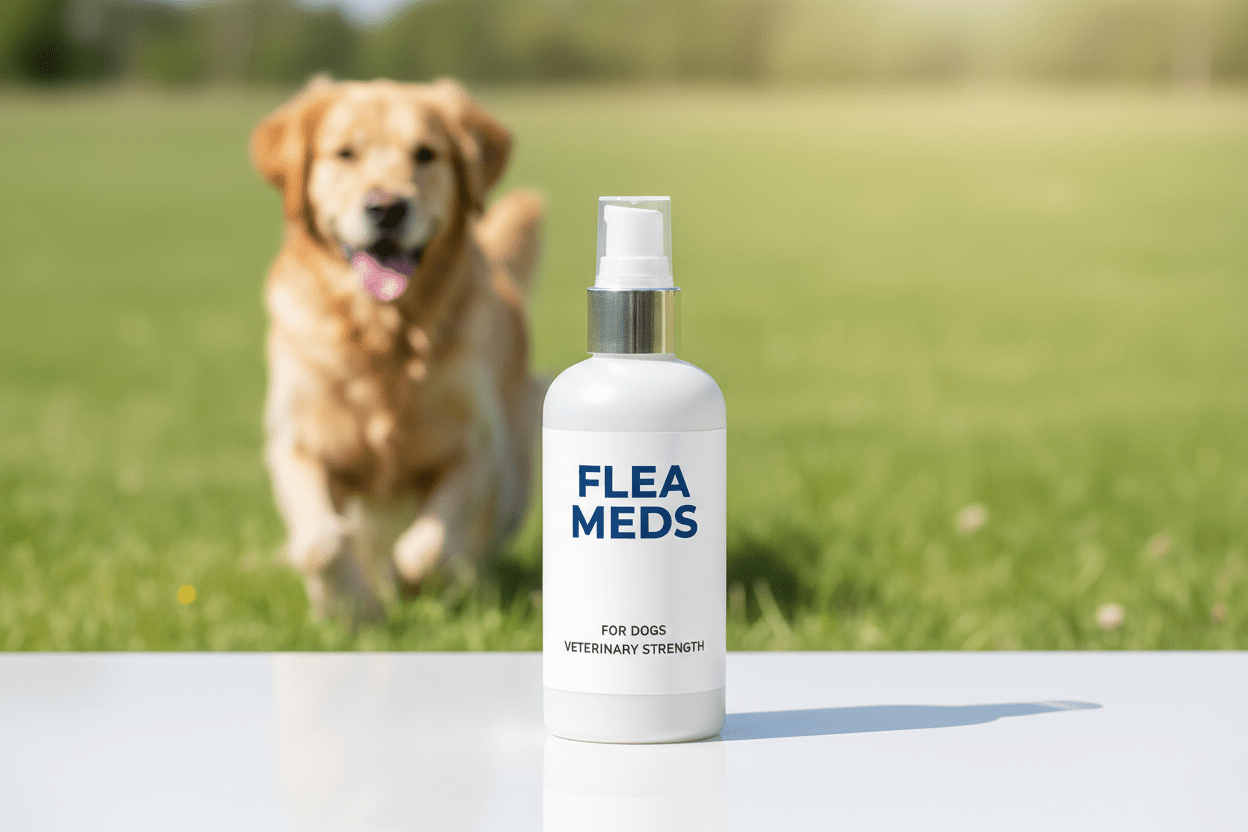
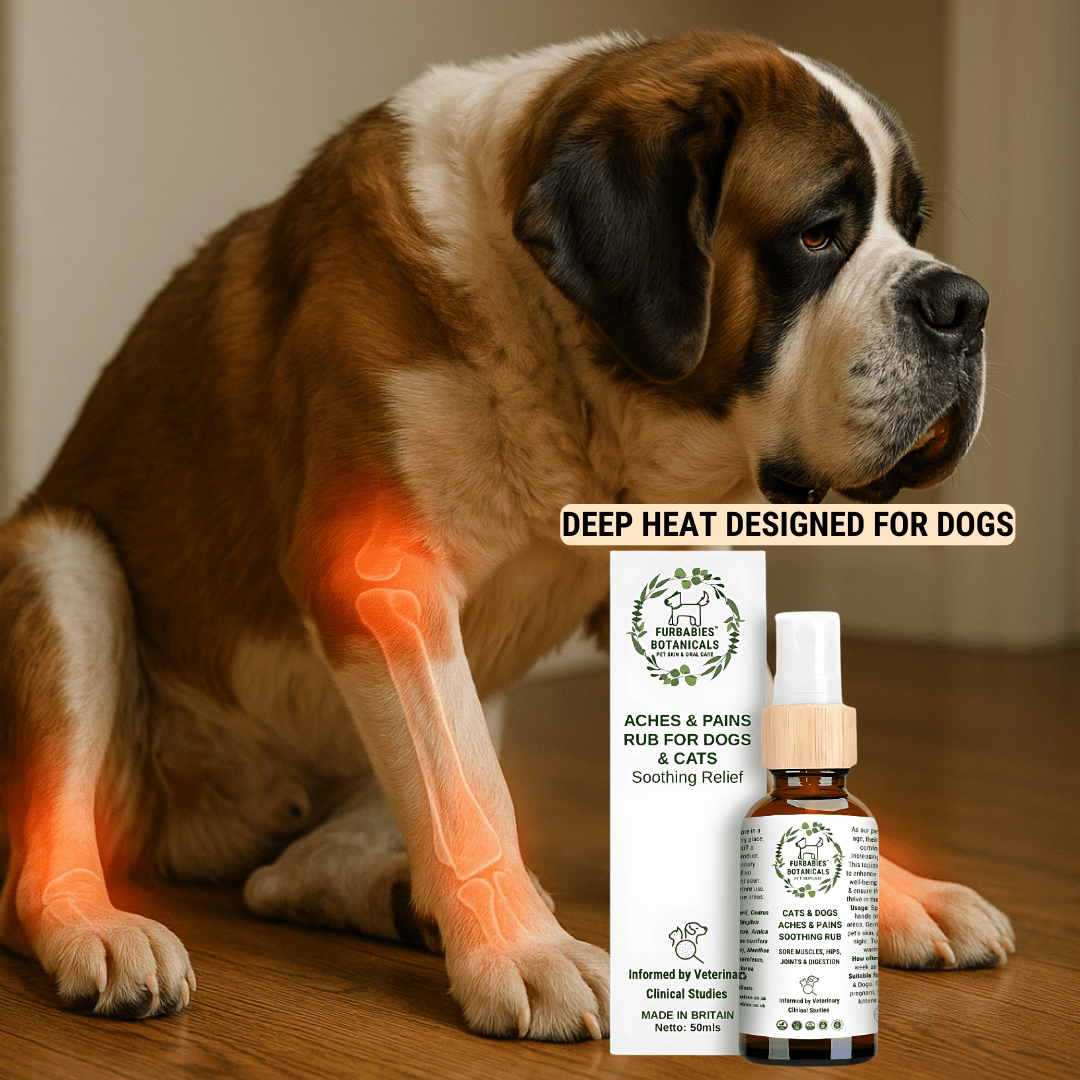
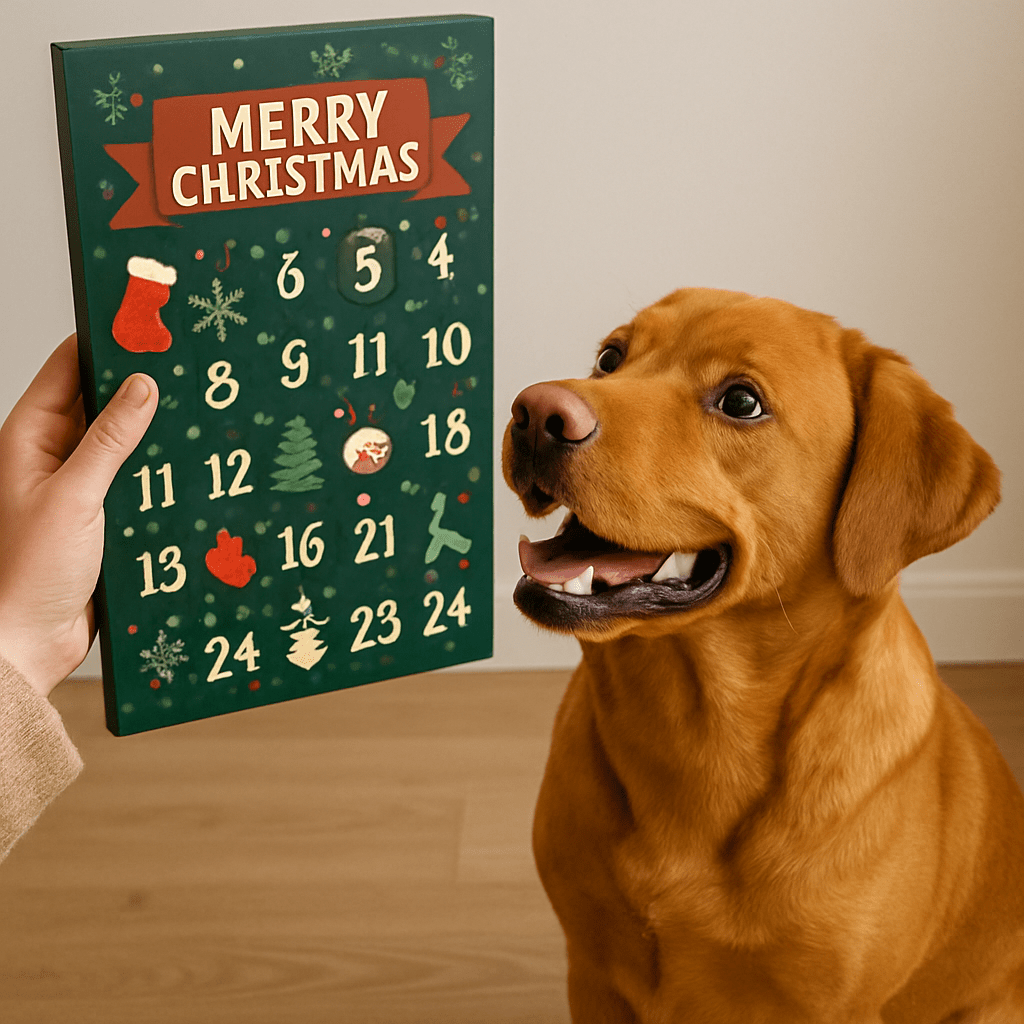
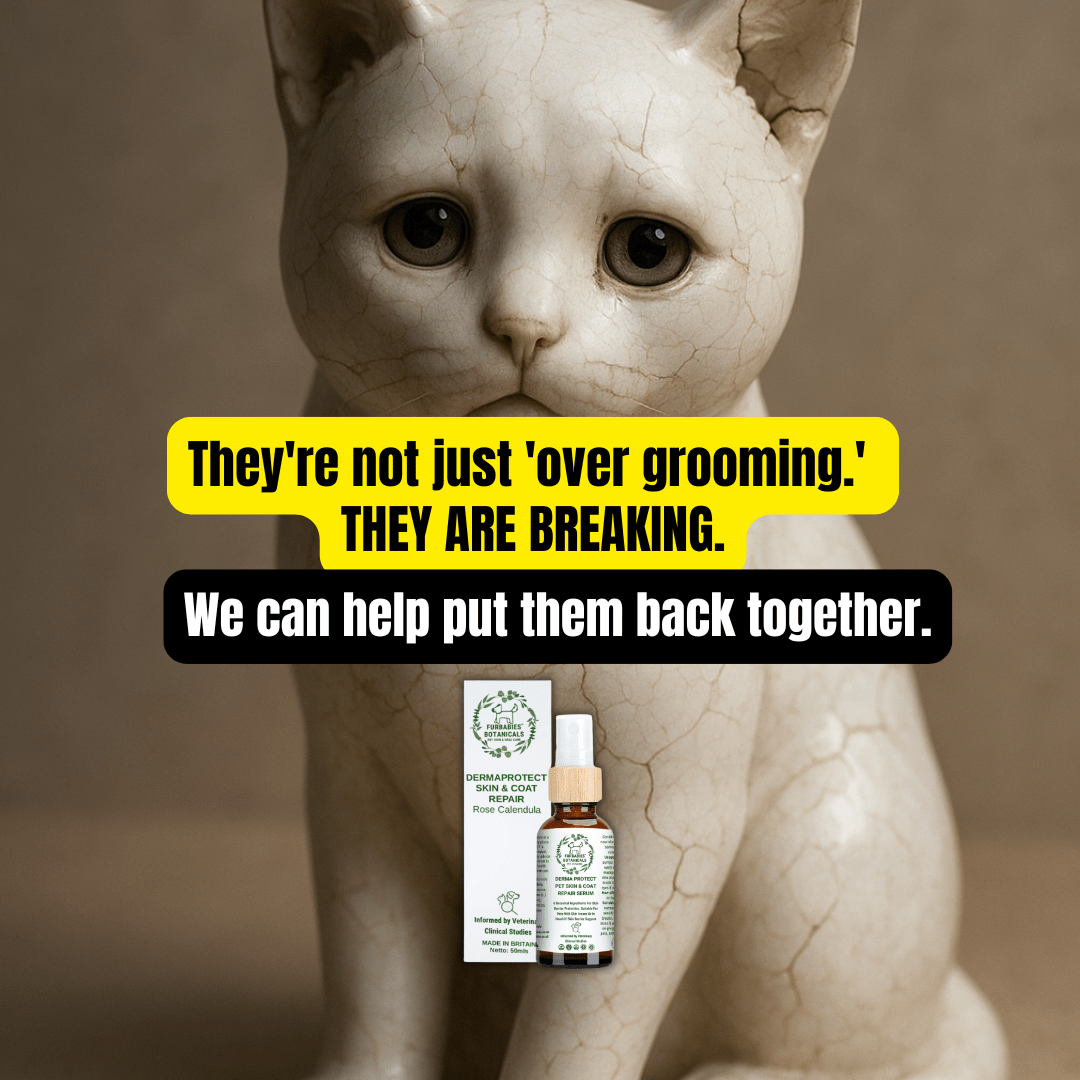

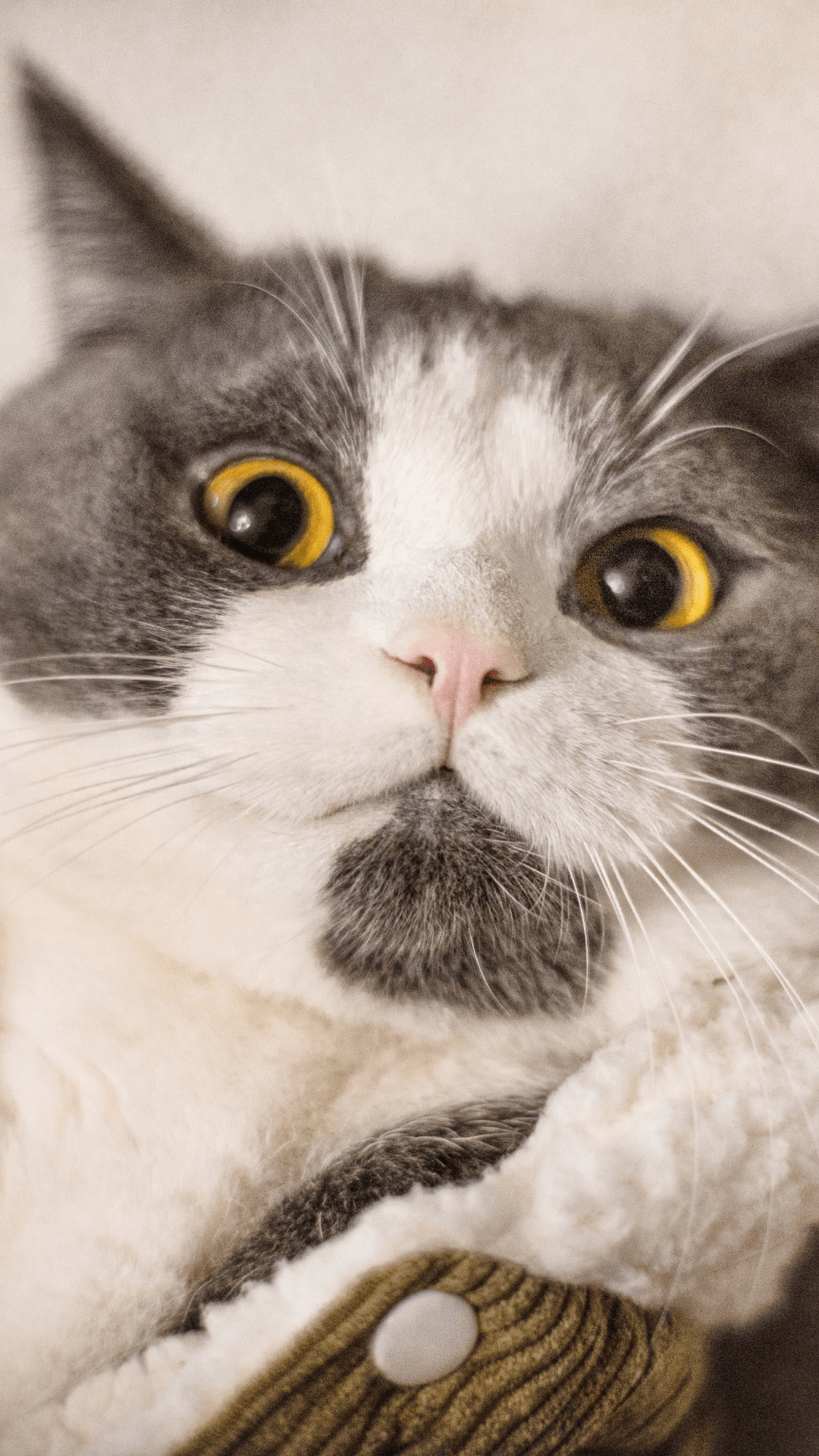
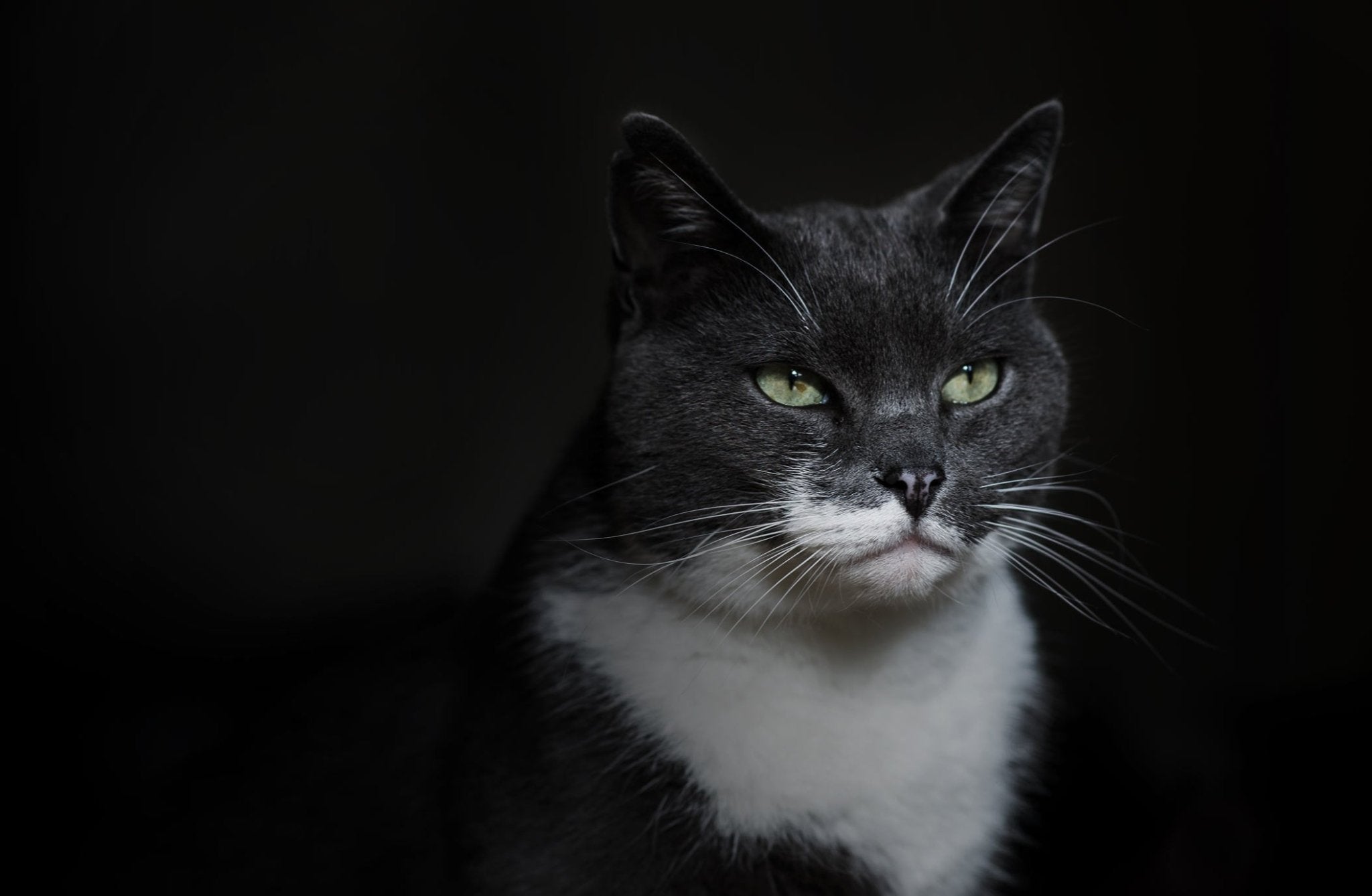
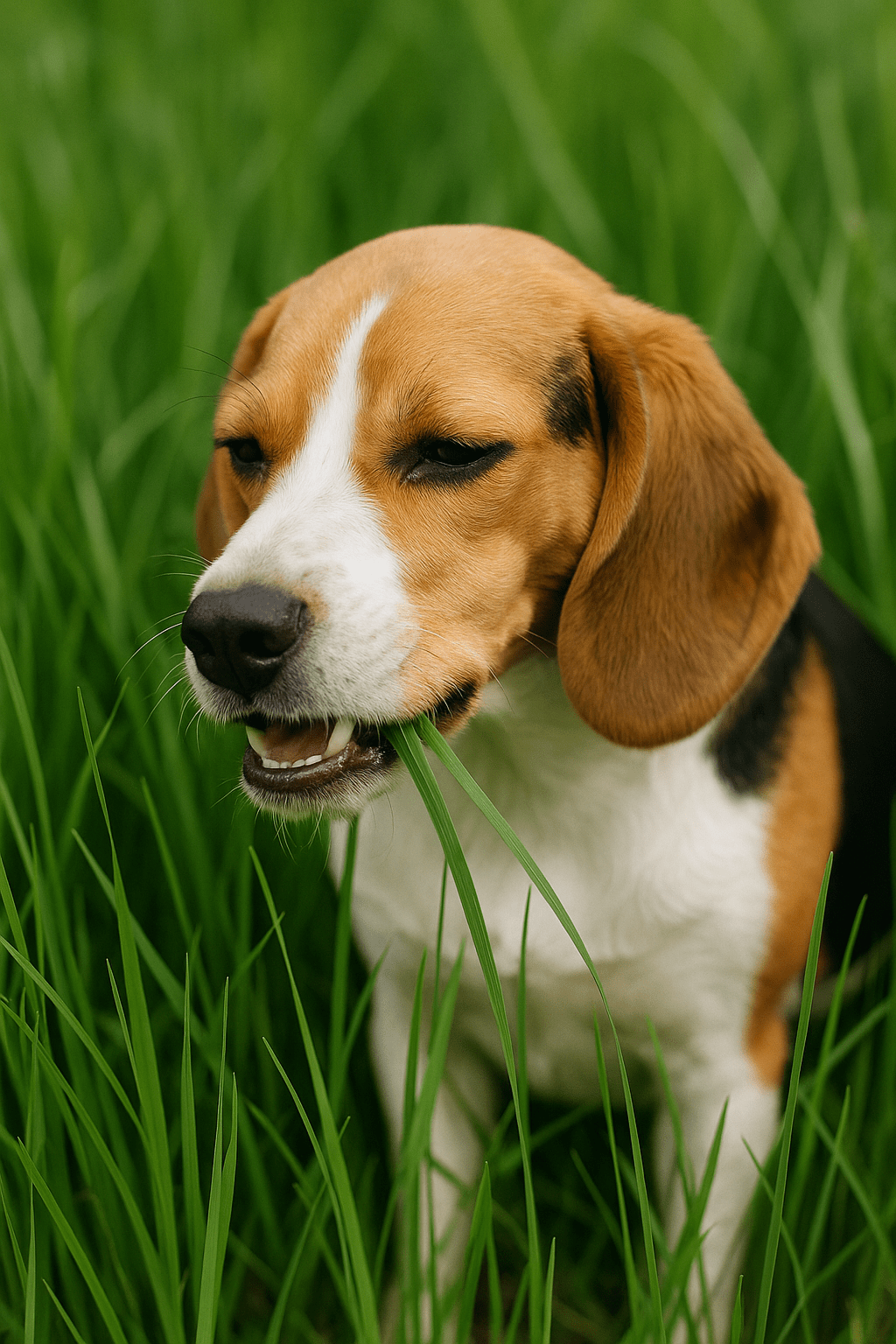
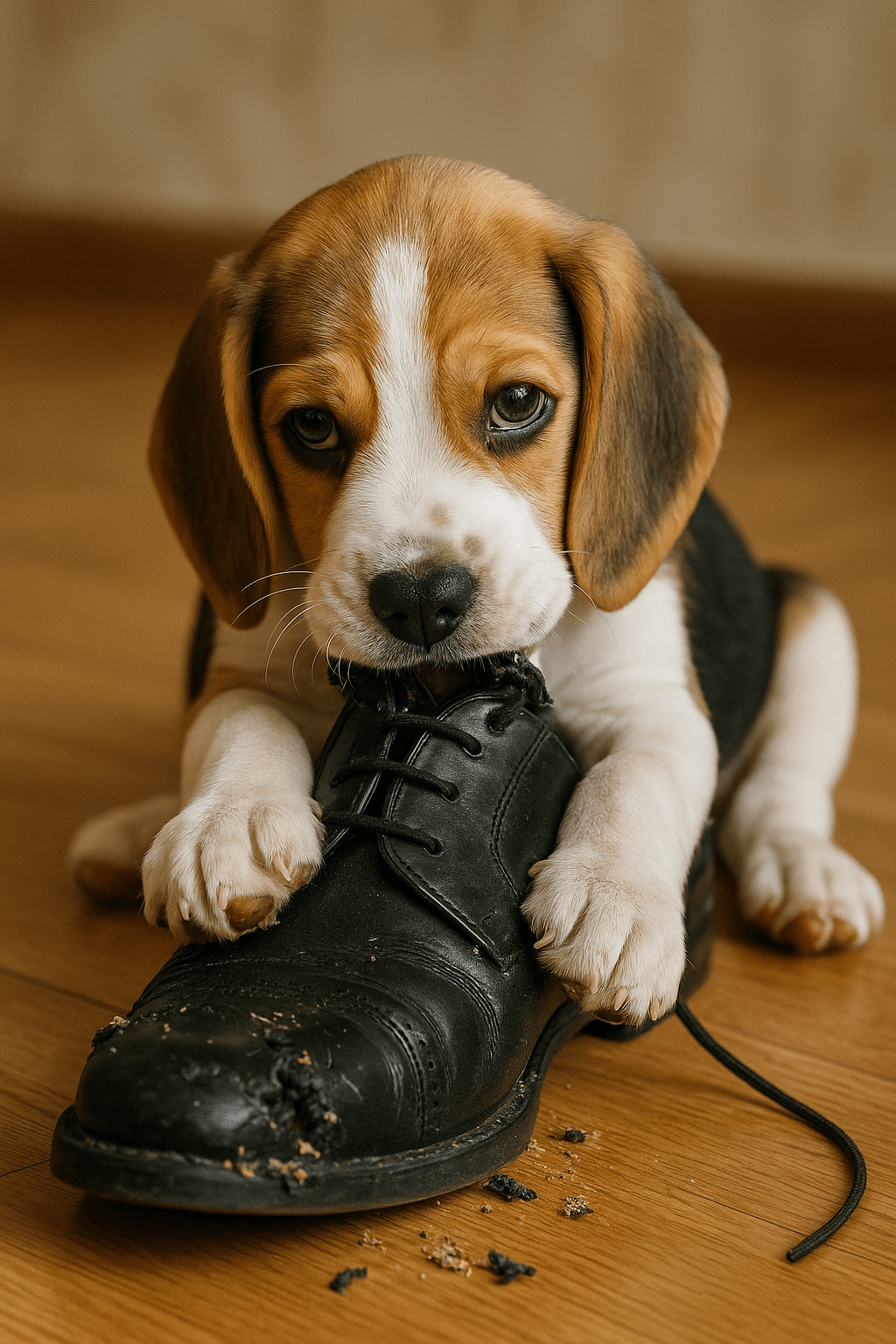

Share:
Chronic Pain, Muscle Loss, and Early Mortality in Senior Dogs: The Hidden Threat of Sarcopenia